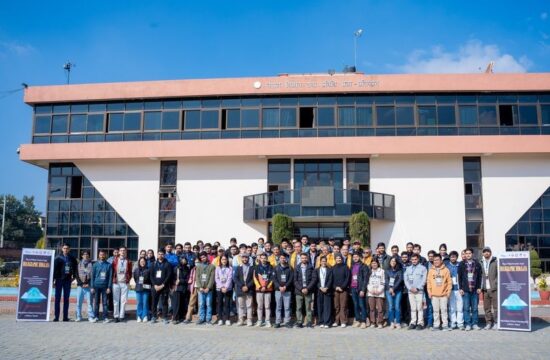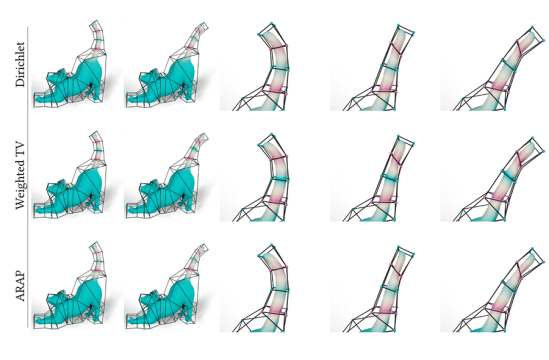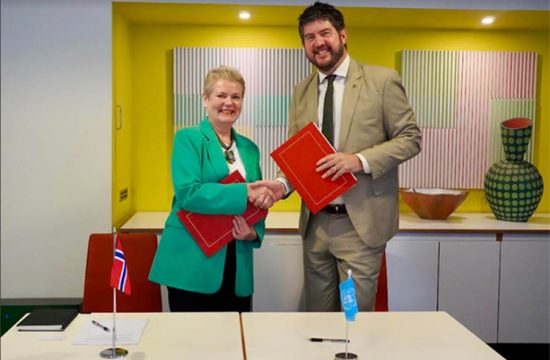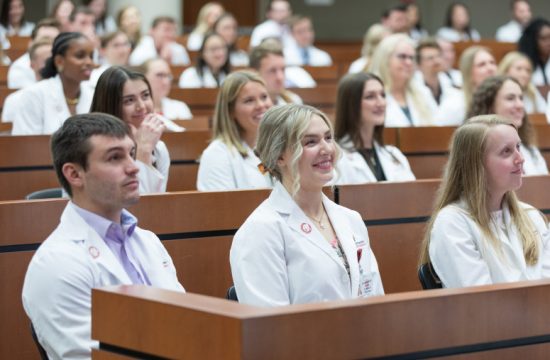NSF supported exhibition offers a unique look into the process.
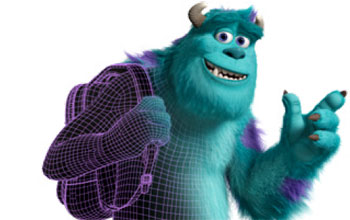 This summer, visitors to the Museum of Science, Boston will be inspired by the science and technology behind some of the most beloved animated films and their characters, with the world premiere of The Science Behind Pixar.
This summer, visitors to the Museum of Science, Boston will be inspired by the science and technology behind some of the most beloved animated films and their characters, with the world premiere of The Science Behind Pixar.
This interactive 10,000-square-foot exhibition showcases the science, technology, engineering, and math (STEM) concepts used by the artists and computer scientists who help bring Pixar’s award-winning films to the big screen.
The Science Behind Pixar was developed by the Museum of Science and Pixar Animation Studios with support from the National Science Foundation (NSF). The exhibition features more than 40 interactive exhibit elements and offers a variety of hands-on activities that empower visitors to imagine the STEM concepts behind Pixar’s films.
“The Science Behind Pixar is a behind-the-scenes look at how our movies are made,” said Ed Catmull, president of Pixar and Disney Animation Studios. “The interactive exhibition gives people the opportunity to learn about the jobs our filmmakers do every day and tackle similar problems. It’s a great demonstration of how much creativity and imagination is involved in the science, technology, engineering, art and math thinking essential to our filmmaking process.”
An NSF award to Clara Cahill of the Museum of Science in 2013 is helping to ensure that the design strategies for select exhibits in The Science Behind Pixar build computational thinking skills, especially for diverse middle and high school learners.
“Computational thinking” is the term used to describe a set of problem-solving skills in which a problem is broken down into variables and all possible solutions are considered–much like a computer would do–to help to ensure the correct decision is made.
“Increasingly, computational thinking is valued across a wide range of disciplines and efforts to cultivate computational thinking are critical,” said Jim Kurose head of Computer and Information Science and Engineering at NSF. “The Science Behind Pixar provides an engaging, research-based means to do so across a range of learners.”
Cahill and her team aimed to identify how museum exhibitions can help novice learners make sense of and interact with computational thinking tools, problem solving strategies, and technical solutions. The six components of the exhibition designed by Cahill’s team teach visitors to break complex problems into smaller elements that are easier to understand. This process, known as decomposition, is a critical part of computational problem-solving.
The research study was prefaced with rigorous, iterative prototyping and formative evaluation with museum audiences, including diverse learners from grades 6-12. The testing focused on improving learning outcomes, engagement, usability, and accessibility. After each round of prototyping and formative evaluation with museum audiences, iterative changes were made to the software, graphics, physical design, labels, and/or the user experience design to improve the visitor experience.
Overall, nearly 500 visitors participated in the evaluation efforts for these select exhibits, which ensured the exhibits in the show met their intended educational goals.
“Preliminary findings from the first phase of our research were used to inform the design of learning supports to help students engage in the kinds of sophisticated thinking and learning strategies used by more experienced computer programmers,” said Cahill. “Preliminary findings from the second phase of the research suggest that the exhibition has the potential not only to stimulate awareness and practice of computational thinking skills, but also to increase self-efficacy and interest for computing and computing careers among diverse learners who may not otherwise have exposure to computational thinking.”
The exhibition will be on view at the Museum of Science, Boston until December 2015, and will then travel to venues throughout the U.S. over the following five years. Over its lifespan, the team expects the exhibition to be viewed by at least 1 million visitors.



